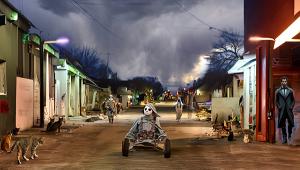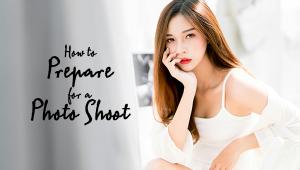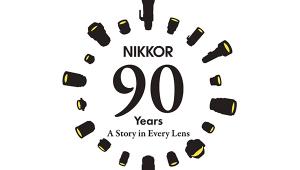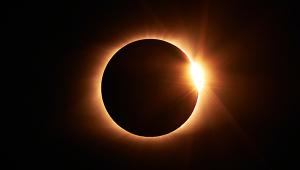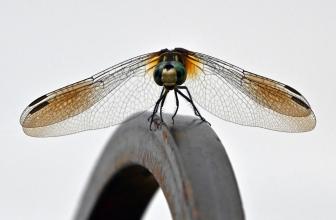In Just Spring
March is teasing us with spring’s first flowers. After a long winter of gray and black, it’s invigorating to see some early green and actual COLOR breaking through the sleepy earth.
It’s time to recharge your battery (literally as well as figuratively) and get outdoors with your camera. If you have a macro lens (or close-focusing zoom) all the better. There’s no such thing as a bad flower picture but here’s how to make yours even better.
A flower photographer’s number one natural enemy is the wind. Even a gentle breeze can cause the flower petals to stir and appear blurry. The countermeasure is to use a faster shutter speed on a windy day—or exploit natural windbreaks created by trees, buildings, and large friends.
Dew or raindrops can add an extra dimension to flower shots. Focus on the water droplets and if you’re lucky you might catch an interesting reflection. The leaf surface of the wild columbine Aquilegia Canadensis seems to provide good traction for even large water drops.
Other precautions are the same as those that apply to any other form of close-up photography. Even when you use the finest equipment—like a true macro lens—depth-of-field decreases as you get closer to the plane of focus. And camera movement—just the slightest jitter—is magnified. Tripods are definitely recommended. These hazards make close-up flower photography difficult but more importantly mean that shooting the casual crocus can be great practice for more serious stuff.
If you really feel confident, try shooting flowers in low light—near dusk or dawn—with a flash unit. Master that and you’ll have mastered several skills, including the obvious: macro photography with flash. You’ll also enjoy how easy it is to control the background since you’ll be able to keep it dark and make your flower subject appear to dance on the surface of the night. Try it. And let us know how it turned out.
Photo Maya Sienkiewicz (seven years old).




